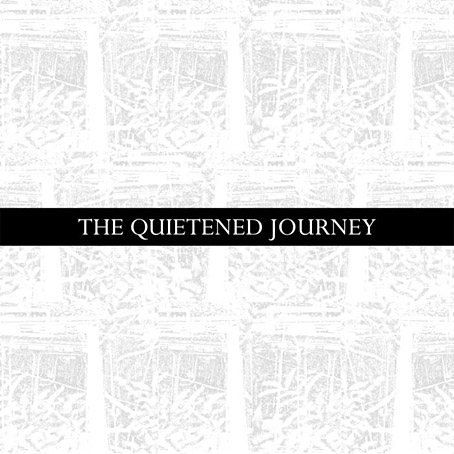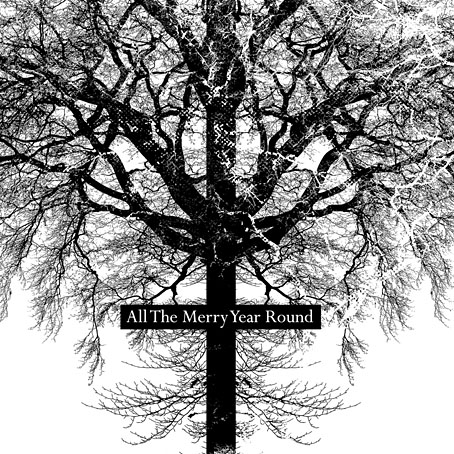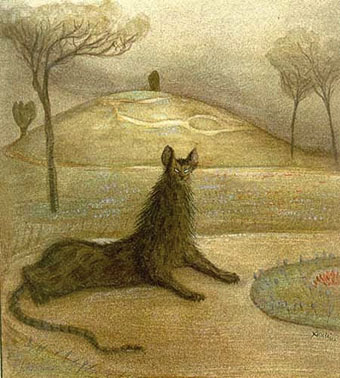
Britain’s Labour government of the 1960s achieved a great deal with its social reforms, but the shrinking of the nation’s railway network—the so-called Beeching Cuts—was a serious mis-step, and one whose repercussions have lasted to the present day. Bus services intended to replace the rail service were less efficient than the trains they were replacing, or else they failed to materialise at all; commuters forced into cars didn’t divide their journeys as intended but switched to using their cars for the entire journey; and many of the smaller branch lines which were closed after being deemed inefficient left isolated communities without any form of public transport at all. I’m just old enough to remember a train journey in 1967 which ended at one of the branch line stations shortly before it was closed. The line itself continued to be used but only by trains taking goods to and from a chemical works that in later years always seemed irredeemably menacing, like the food production plant in Quatermass II.
The derelict lines and stations that littered the countryside following the Beeching Cuts form the subject of the final themed compilation being released this year by A Year In The Country:
The album is an exploration of abandoned and former railways, railway stations and roads, a reflection on them as locations filled with the history, ghosts and spectres of once busy vibrant times—the journeys taken via them, the stories of the lives of those who travelled, built and worked on them.
Nature is slowly reclaiming, or has already reclaimed, much of this infrastructure, with these testaments to industry and “the age of the train” being often left to quietly crumble and decay.
The Quietened Journey is both a celebration and a lament for these now faded links across the land, of the grand dreams and determination which created them and their layered histories that—as these asphalt ribbons, steel lines and stone built roads once prominently were—are threaded throughout the twentieth century and even back to Roman times.
Track list:
1) Pulselovers—Woodford Halse To Fenny Compton In Five Minutes
2) Sproatly Smith—The 19.48 From Fawley
3) The Séance—Elm Grove Portal
4) Widow’s Weeds—The Ghosts Of Salzcraggie
5) The Heartwood Institute—The Solway Viaduct
6) Depatterning—The Beets At Wellington Bridge
7) Howlround—Thrown Open Wide
8) A Year In The Country—Silent Treasure
9) Field Lines Cartographer—Ghosts Of The Wires
10) Dom Cooper and Zosia Sztykowski—Summonings
11) Keith Seatman—Along The Valley Sidings
12) Grey Frequency—An Empty Platform
The train theme is rendered immediately apparent by the opening piece from Pulselovers, a chugging electronic rhythm which suggests a network still full of life and energy. After this the mood quickly darkens, and we’re left on the platform of a station like the haunted one in Sapphire and Steel, with the sun going down and only the ghosts for company. This is another impressively strong collection, ranging from the wistful memorialising of The Ghosts of Salzcraggie by Widow’s Weeds, and A Year In The Country’s hissing roadway, to Howlaround’s Thrown Open Wide, an eruption of noise prompted, he says, by the rebellion of his machines. The machinery of the railway returns to life on Keith Seatman’s Along The Valley Sidings, another synthesised train journey, before we find ourselves on Grey Frequency’s empty platform. The Quietened Journey is a welcome exploration of a feature of the British landscape which has been given surprisingly little attention, and which is now disappearing altogether. The last train will be departing soon.
Previously on { feuilleton }
• Echoes And Reverberations
• The Watchers
• The Corn Mother
• The Quietened Mechanisms
• The Shildam Hall Tapes
• Audio Albion
• A Year In The Country: the book
• All The Merry Year Round
• The Quietened Cosmologists
• Undercurrents
• From The Furthest Signals
• The Restless Field
• The Marks Upon The Land
• The Forest / The Wald
• The Quietened Bunker
• Fractures




